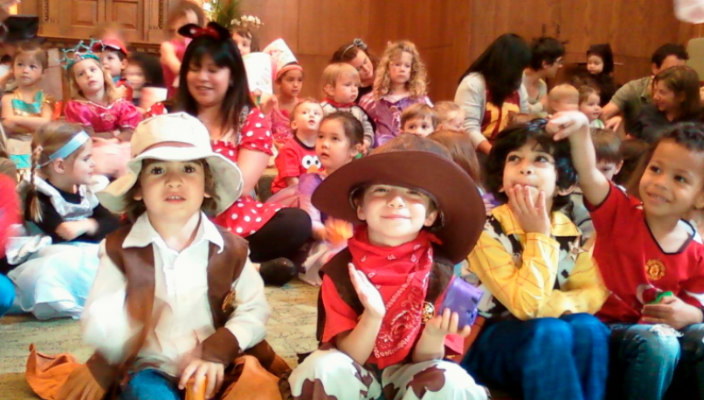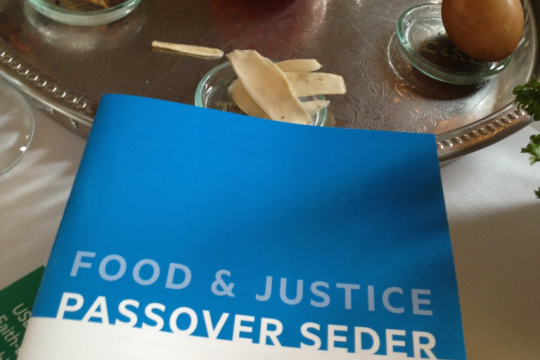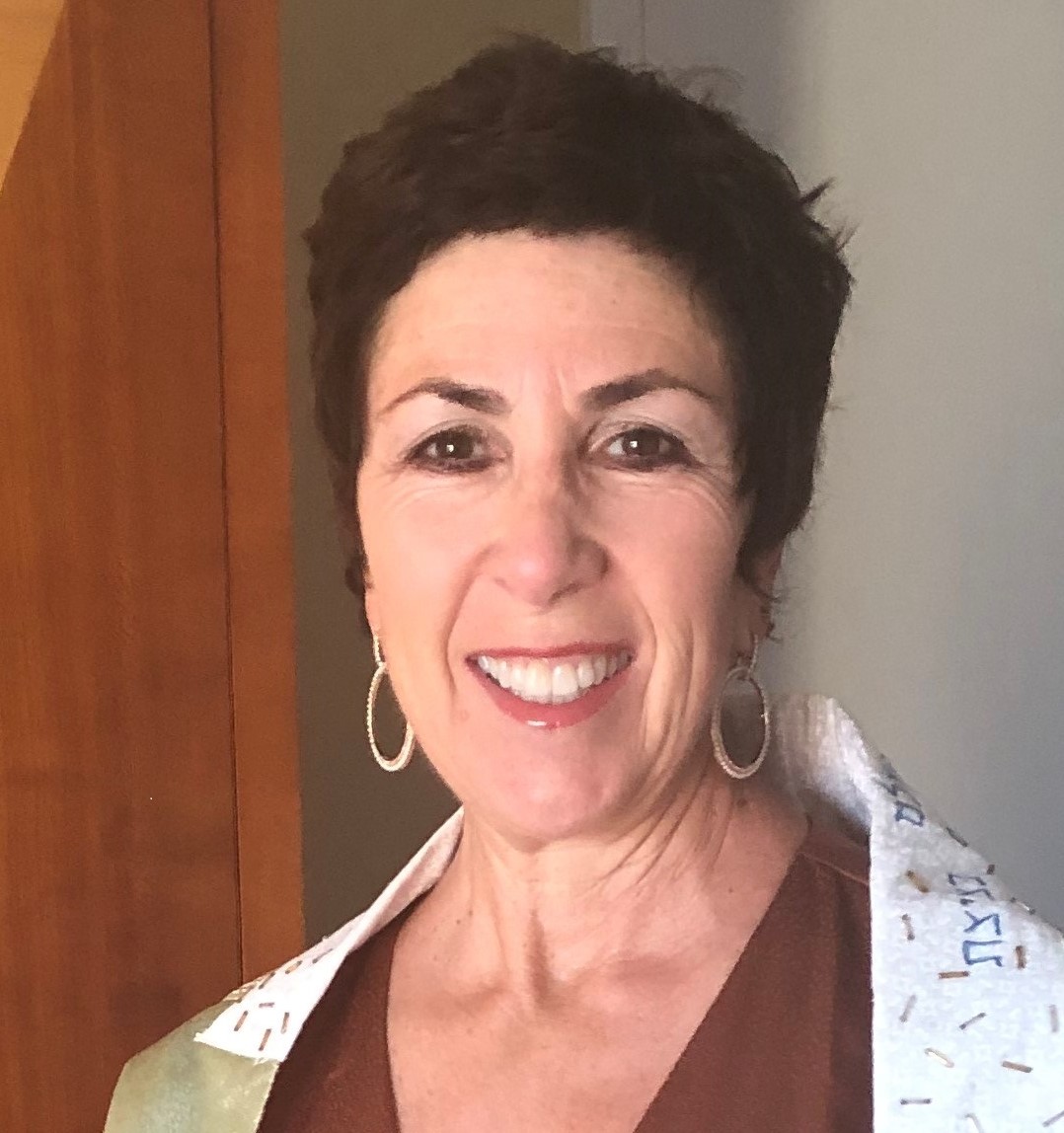
In the coming weeks, the hallways of our congregations will be overflowing with preschool students and High Holiday crowds – and some of the families that will step through our doors will be longtime members, while others will be new to the community. Whether or not your congregation has an early childhood education center (ECEC), you have the opportunity to leverage these critical entry (or re-entry) points into Jewish life and engage these families.
Relating to and supporting families with young children is essential to growing and strengthening your congregation. To help you in this critical work, here are five proven tools to successfully engage today’s families with young children – which will be further explored at the 2019 URJ Biennial.
1. Clearly define your congregation’s “why.”
With countless options available to families, parents face tough decisions about where and how to spend their limited time and hard-earned money. They may opt for childcare solutions that meet their logistical needs – such as fulltime care, which is paramount to working parents – and will generally prioritize ECECs that provide meaningful experiences are relevant to their lives.
Your congregation’s foundational statements – and, in particular your “why” – are vital in appealing to families. Your “why” has the potential to spark the interest and participation of families with shared beliefs who seek to get involved in meaningful ways – but if your “why” doesn’t grab the attention of these families or meet their needs, they likely won’t engage.
These days, families looking for Jewish educational programming for their children have diverse identities and interests. As your congregation works to define its “why,” you should closely examine what appeals to these potential stakeholders by listening to multiple perspectives and incorporating them into your “why” statement.
2. Connect with families during significant life moments.
Lifecycle events and major life changes – such as the birth of a child, moving to a new home, or the death of a loved one – affect people of all ages. For new families, which are at critical stages of developing their unique identities, these moments can be particularly formative and significant. When we connect with families during life’s most critical moments – whether they are engaged members or not – we pave the way for long-term relationships.
A Chicago congregation tells the story of a family whose young child, who had just started attending the synagogue preschool, was diagnosed with a major illness. Although this family didn’t belong to the congregation, its clergy and leadership team immediately jumped into action, providing support through phone calls, cards, visits, and even a hand-knit blanket. As a result of their positive experience, this family joined the congregation and formed connections with members of the community that could last a lifetime.
3. Leverage Tot Shabbat to spiritually connect members of all generations.
Tot Shabbat is often a gateway into Jewish life for families with young children, a meaningful way to capture the full spirit of Jewish communal life and connect all generations through prayer, song, and ritual.
If your congregation is simply focusing on small improvements, such as getting a new song leader or adding new songs to the repertoire, you’re missing the potential of this powerful engagement experience. Instead, examine your current Tot Shabbat practices against your greater engagement goals.
As Temple Sinai Congregation of Toronto recently shared, this process may require you to make transformational change.
4. Experiment with the art of gathering outside your congregation.
Priya Parker, author of The Art of Gathering: How We Meet and Why It Matters, teaches us that how, when, and with whom we gather is very important, saying, “[It] is the way a group is gathered that determines […] how successful it is…The little choices you can make can help your gathering soar.”
Mastering the art of gathering in your community requires you to experiment with different options that should be driven by the needs and preferences of the families in your community – and so, by rethinking your venues and meeting times, you can significantly enhance your gatherings.
North Shore Congregation Israel in Glencoe, IL, has seen great results from listening to families and taking action accordingly. For instance, they offered a Shabbat class in a local non-denominational preschool and partnered with a Chicago-based congregation to offer Shabbat afternoon programming for members whose grandchildren live in Chicago. Both programs, which took place outside of their congregation’s walls, “met families where they are” and ultimately connected new families to the congregational community.
5. Encourage families to lead the way.
Families are not just future members, they are future leaders – of both your congregation and of the Reform Movement! Involving these families in decision-making processes and co-constructing your offerings together with them is the secret to success.
Inviting parents to help design offerings intended for them leads to greater ownership on their part, and it can be the spark that ignites their leadership journey. Empowering parents to bring their passion and energy to the table can help us lead the way to an exciting future.
To learn more about these five tools and others, join us at the URJ Biennial 2019, Dec. 11-15, 2019 in Chicago, IL. We'll explore these ideas and many others in the learning intensive “Early Family Engagement: Essential Tools to Engage Families with Young Children." Register now.
Sarah Koffler, MSEd, early childhood consultant, also significantly contributed to this piece.
Related Posts

Passover 2024: The Three Central Messages of Pesach

Modern-Day Plagues of Injustice and Inequality

